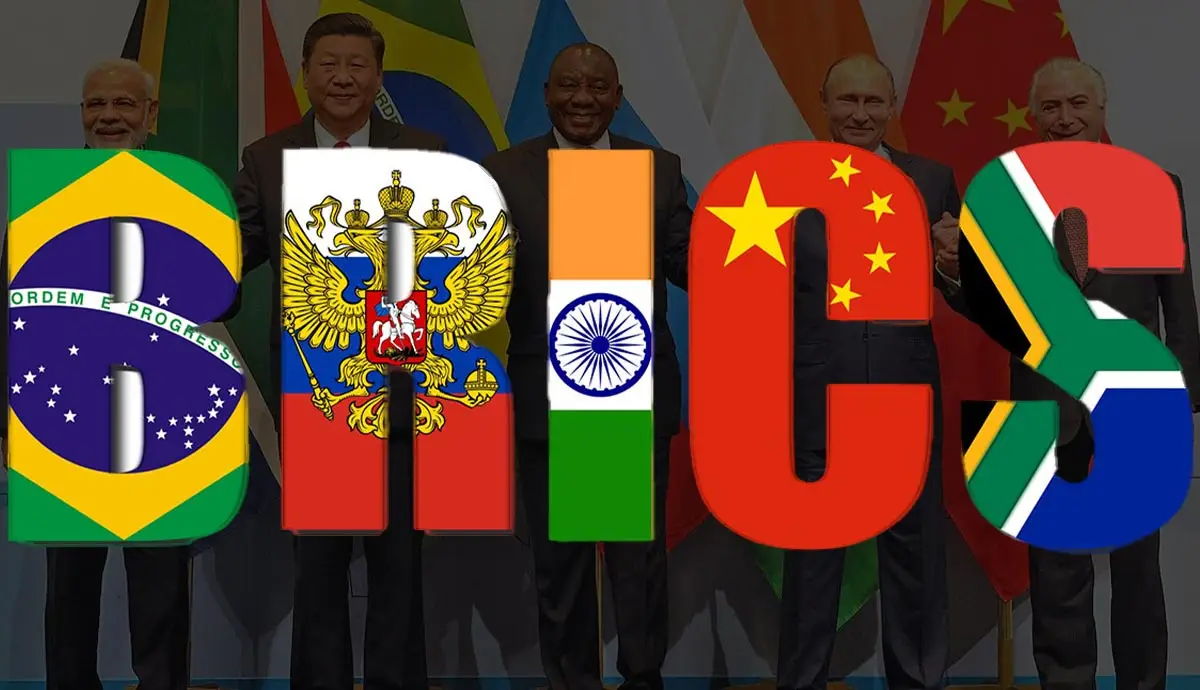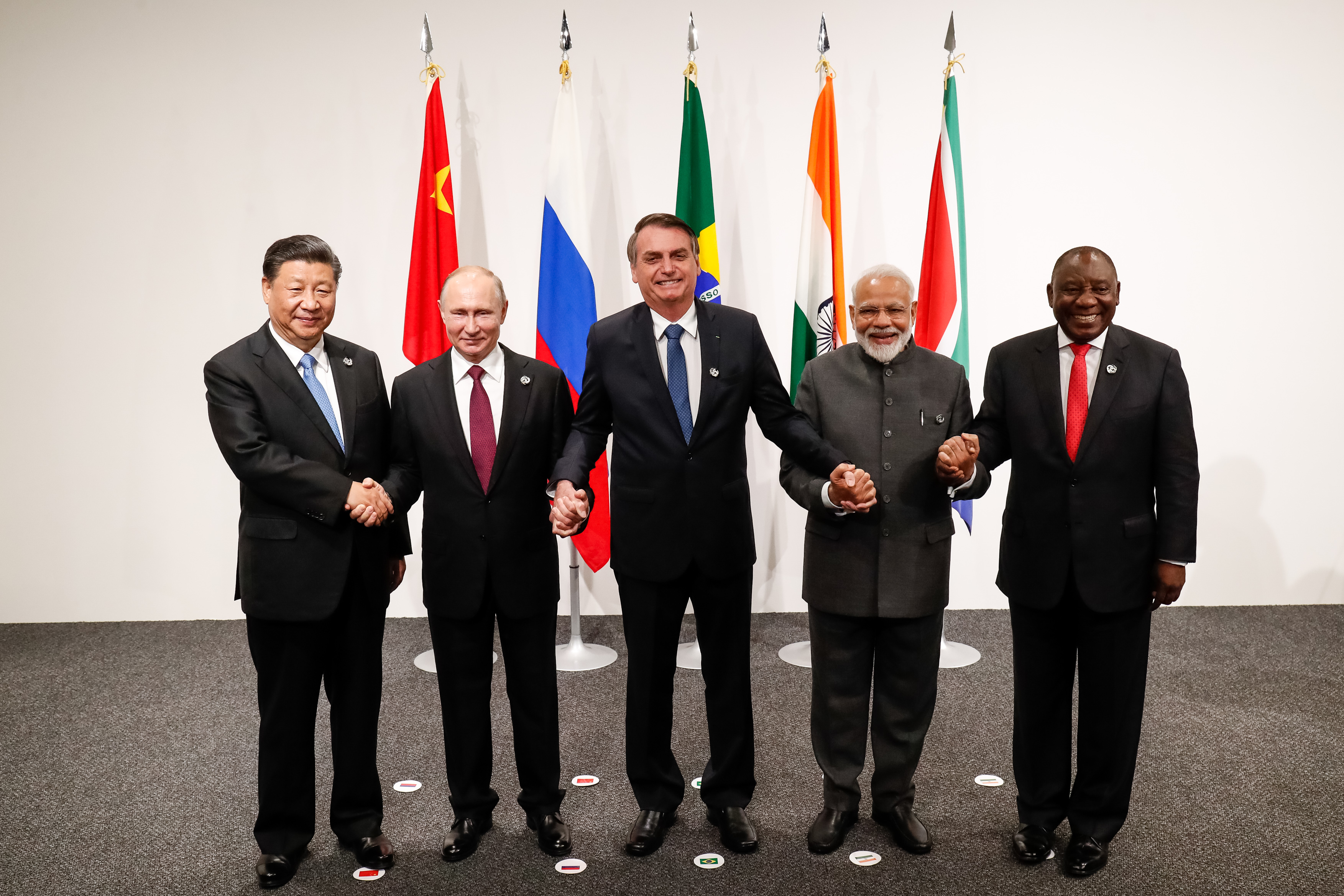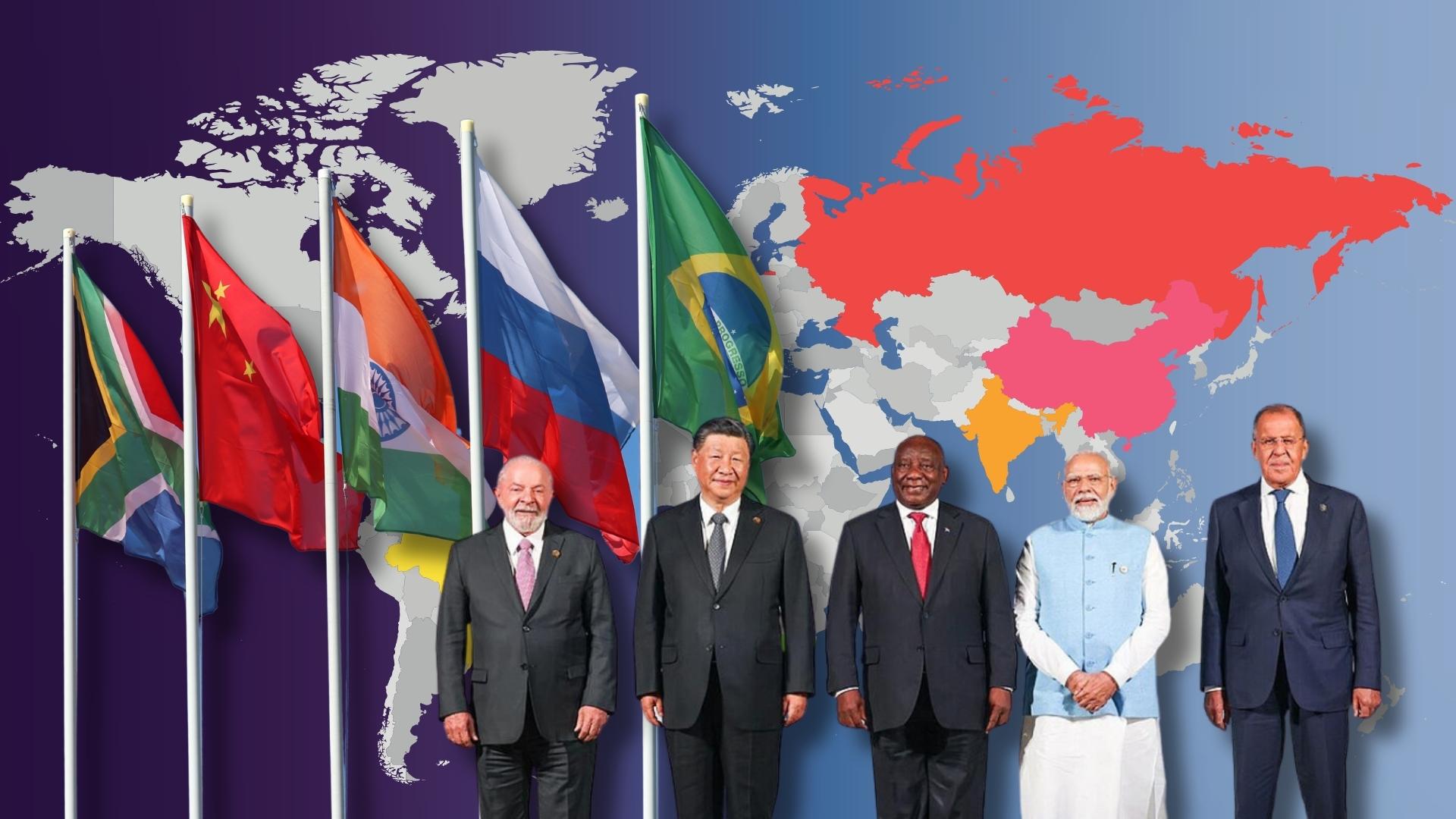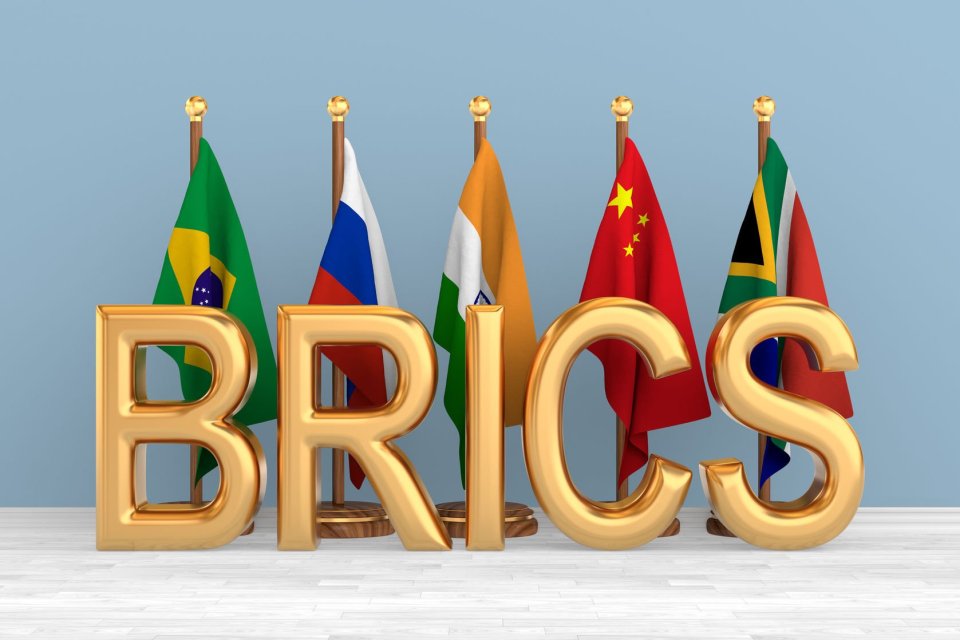
BRICS
BRICS, an acronym for Brazil, Russia, India, China, and South Africa, represents a dynamic group of emerging economies that have come together to promote cooperation, development, and mutual prosperity on the global stage. Since its inception, the Aliance organization has played a significant role in shaping international discourse and influencing global economic policies. Let’s delve into the essence of BRICS, its objectives, achievements, and challenges:

BRICS: Fostering Cooperation and Development among Emerging Economies
1. Origins and Formation BRICS
BRICS originated from an idea proposed by economist Jim O’Neill in 2001, who coined the term to describe the collective economic potential of Brazil, Russia, India, and China. South Africa joined the group in 2010, expanding its geographical representation and enhancing its influence. The first BRICS summit was held in 2009 in Russia, marking the formal establishment of the organization.
2. Objectives and Principles
The primary objectives of BRICS revolve around promoting cooperation, fostering economic growth, and addressing global challenges through dialogue and collaboration. Key principles guiding Aliance include mutual respect, equality, non-interference in internal affairs, and peaceful coexistence. BRICS emphasizes the importance of multilateralism and seeks to reform existing global governance structures to better reflect the interests of emerging economies yowestogel.
3. Areas of Cooperation BRICS
BRICS cooperation spans a wide range of areas, including economics, trade, finance, energy, technology, agriculture, health, and sustainable development. Member countries engage in regular consultations and joint initiatives to enhance trade relations, facilitate investment flows, and promote innovation and knowledge-sharing. Aliance also collaborates on issues such as climate change, terrorism, cybersecurity, and global health challenges.
4. Achievements and Contributions
BRICS has made significant strides in promoting economic development and enhancing global governance since its inception. The organization has established various financial institutions, including the New Development Bank (NDB) and the Contingent Reserve Arrangement (CRA), to provide financial assistance and promote infrastructure development in member countries. Aliance has also facilitated trade agreements, investment projects, and cultural exchanges, strengthening ties among member nations and fostering greater integration within the group.
5. Challenges and Future Prospects
Despite its achievements, BRICS faces several challenges, including geopolitical tensions, divergent interests among member countries, and the need for institutional reforms. Economic disparities and structural issues within member economies also pose obstacles to achieving the organization’s goals. However, Aliance remains committed to overcoming these challenges through dialogue, consensus-building, and pragmatic cooperation. As the global landscape continues to evolve, Aliance is poised to play an increasingly influential role in shaping the future of international relations and global governance.
Conclusion
BRICS represents a pivotal force in the global arena, bringing together diverse economies with immense potential to drive global growth and development. Through its commitment to cooperation, dialogue, and solidarity, Aliance has emerged as a powerful advocate for multilateralism and a catalyst for positive change on the world stage. As the organization continues to evolve and expand its agenda, the collective efforts of its member countries hold the promise of a brighter and more prosperous future for all.

Pros and Cons of BRICS: A Critical Examination
BRICS, an alliance of Brazil, Russia, India, China, and South Africa, has garnered attention as a significant player in the global economy. While the organization boasts numerous advantages, it also faces challenges and limitations that warrant consideration. Let’s explore the strengths and weaknesses of Aliance:
Pros of BRICS:
Economic Potential: BRICS member countries collectively represent a significant portion of the world’s population, land area, and GDP. Their combined economic strength gives them considerable influence in global economic affairs and enhances their bargaining power on international platforms.
Diversification of Global Power:
BRICS serves as a counterbalance to traditional Western dominance in global governance structures. By providing a platform for emerging economies to voice their concerns and advocate for their interests, Aliance contributes to a more balanced and inclusive global order.
- Cooperation and Solidarity:
BRICS promotes cooperation and solidarity among member countries, fostering dialogue and mutual understanding. Through joint initiatives and partnerships, Aliance facilitates knowledge-sharing, capacity-building, and technology transfer, contributing to the development of member economies. - Financial Institutions:
BRICS has established financial institutions such as the New Development Bank (NDB) and the Contingent Reserve Arrangement (CRA) to provide alternative sources of financing for infrastructure and development projects. These institutions offer member countries greater financial autonomy and reduce their dependence on Western-dominated financial institutions.
Cons of BRICS:
- Divergent Interests:
Despite their shared objectives, Aliance member countries have divergent economic, political, and strategic interests. Competing priorities and conflicting agendas among member states can hinder consensus-building and impede the effectiveness of the organization. - Geopolitical Tensions:
Geopolitical tensions between BRICS member countries, particularly India and China, as well as Russia’s strained relations with the West, can undermine the cohesion and unity of the organization. Political disputes and territorial conflicts may overshadow BRICS’ economic and development agenda. - Economic Disparities:
BRICS member countries exhibit significant economic disparities in terms of GDP per capita, income inequality, and development levels. Wide gaps in economic performance and structural challenges within member economies pose obstacles to achieving cohesive and coordinated action within the organization. - Institutional Limitations:
BRICS faces institutional limitations and governance challenges that may hinder its ability to achieve its objectives effectively. Decision-making processes within Aliance institutions may be cumbersome, and the organization’s capacity to address complex global issues remains limited compared to established international organizations.
Conclusion:
BRICS offers both opportunities and challenges for its member countries as they seek to enhance cooperation, promote development, and assert their influence on the global stage. While the organization provides a platform for emerging economies to advance their interests and amplify their voices, it must navigate internal differences, geopolitical tensions, and institutional constraints to realize its full potential as a transformative force in international relations. By addressing these challenges and leveraging their collective strengths, Aliance member countries can continue to shape the evolving global order and contribute to a more equitable and sustainable future.

Understanding the Objectives Behind the Formation of BRICS
BRICS, comprising Brazil, Russia, India, China, and South Africa, emerged as an influential bloc in the global arena, driven by shared objectives and aspirations. The formation of Aliance was not merely a coincidence but a strategic alliance aimed at achieving specific goals. Let’s delve into the key objectives behind the formation of BRICS:
1. Economic Cooperation and Development
One of the primary objectives of BRICS is to promote economic cooperation and development among its member countries. By leveraging their collective economic strength, Aliance aims to stimulate growth, enhance competitiveness, and create new opportunities for trade and investment.
2. Reform of Global Governance BRICS
BRICS seeks to reform existing global governance structures to make them more inclusive, equitable, and representative of the interests of emerging economies. The organization advocates for a multipolar world order that accommodates the aspirations of all nations, not just the traditional powers.
3. Strengthening of Multilateralism
BRICS is committed to upholding the principles of multilateralism and promoting a rules-based international order. The organization advocates for greater cooperation among nations to address global challenges such as climate change, terrorism, and pandemics.
4. Promotion of Cultural Exchange and People-to-People Contacts
BRICS aims to promote cultural exchange and people-to-people contacts among its member countries to foster mutual understanding and goodwill. By enhancing cultural ties, Aliance seeks to build stronger bonds of friendship and cooperation among its diverse populations.
5. Enhancement of Global Influence
Through its collective actions and initiatives, BRICS aims to enhance its global influence and assert its role as a key player in international affairs. The organization seeks to shape global discourse and decision-making processes in line with its objectives and interests.
6. Support for Sustainable Development
BRICS is committed to supporting sustainable development efforts, both within its member countries and globally. The organization advocates for environmentally friendly practices, social inclusion, and economic sustainability to ensure a better future for all.
Read More Article about “Arroz Around the World: Diverse Varieties and Culinary Delights“








